With varied habitats that include tropical rainforests, montane forests, savannahs, wetlands, and lakes, Rwanda supports a remarkable variety of birdlife – over 700 species. Excellent local guides, a strong commitment to conservation, and a focus on sustainable tourism combine to offer birders a rewarding experience year-round. Get a closer look at 10 birds you’re likely to spot on safari in Rwanda.
1. Regal Sunbird
Named for its regal and colourful appearance, the males of this species feature iridescent, metallic plumage with a combination of vibrant colours, including blues, greens, and purples. Females are typically more subdued in colour.
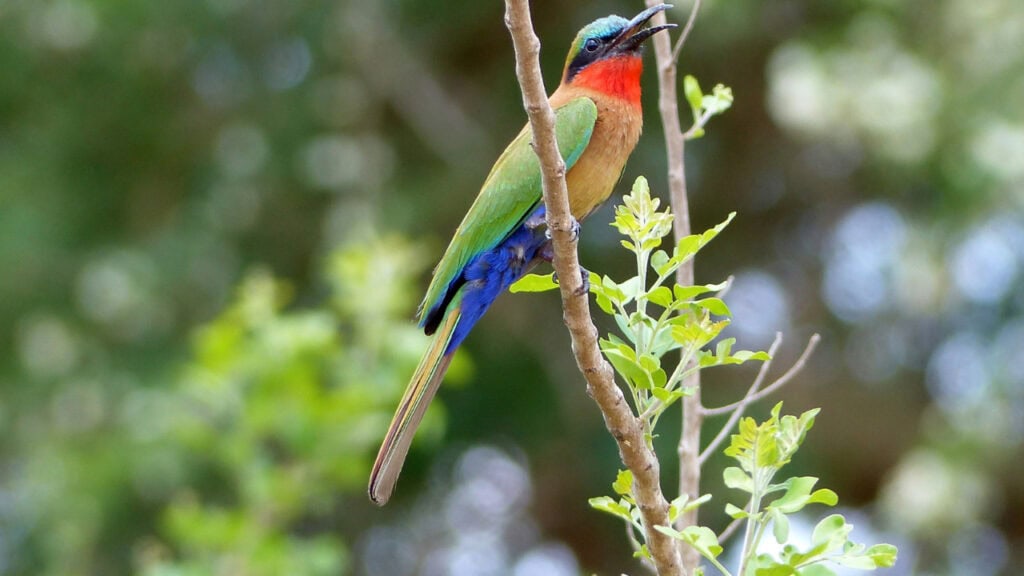
This sunbird typically thrives in coastal scrub, forest edges, and gardens, and its long, slender bill is adapted to extracting nectar from flowers. Known for its agility in flight, it can be seen hovering near flowers while feeding and performing aerial displays during the breeding season.
2. Grauer’s Swamp Warbler
This shy and elusive bird has brownish or olive-green plumage, mottled patterns on its back, and a relatively long bill. Its appearance helps it remain camouflaged in its favoured habitats of papyrus swamps, wetland areas, and other marshy environments.
Known for its secretive behaviour, this bird prefers to remain hidden in dense vegetation and is usually recognised by its call rather than a sighting. The Grauer’s swamp warbler is a critically endangered species and is threatened by habitat loss and degradation, usually as a result of human activities.
3. Ruwenzori Turaco
Instantly recognisable by its distinctive and vibrant plumage, the Ruwenzori Turaco features a combination of greens and reds, with a green body, red wings, a red cap on its head, and a prominent white stripe on its face.
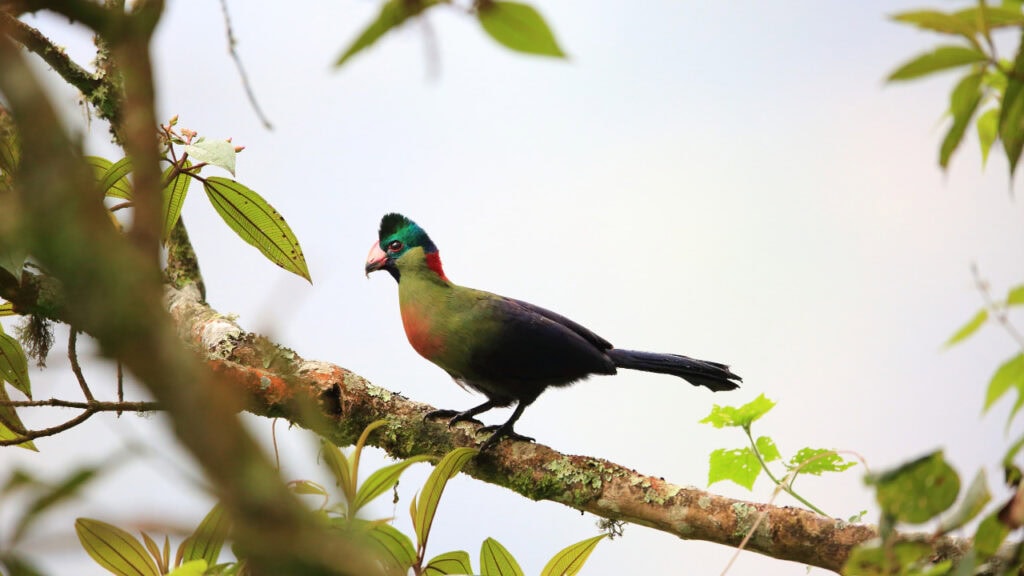
This turaco species favours montane and bamboo forests and is usually found at an elevation of between 4,900 to 11,500 feet. It prefers areas with dense vegetation and high rainfall. The Rwenzori Turaco is known for its distinctive calls, which feature a variety of whistles and harsh squawks.
4. Red-Throated Alethe
The red-throated alethe is a relatively small bird belonging to the thrush family. Measuring about 7.1 inches in length, it has distinctive and attractive plumage. Its upperparts are typically dark grey or brown, while the underparts are paler with a prominent reddish throat. The head is grey, and the eyes are surrounded by a contrasting pale eye ring.
This striking bird is mostly found in montane forests and forest edges, particularly in the undergrowth, where it forages for insects, spiders, and other small invertebrates. Known for its shy and skulking behaviour, you’ll most likely hear the red-throated Alethe before you see it – its song features a series of melodious, flute-like notes and soft, high-pitched whistles.
5. African Green Broadbill
The African green broadbill has bright green plumage, a broad bill with a distinctive hooked tip, and a contrasting black face mask. Also notable are its rounded wings and short tail. Its bill is adapted to catching insects in flight and plucking insects from foliage.
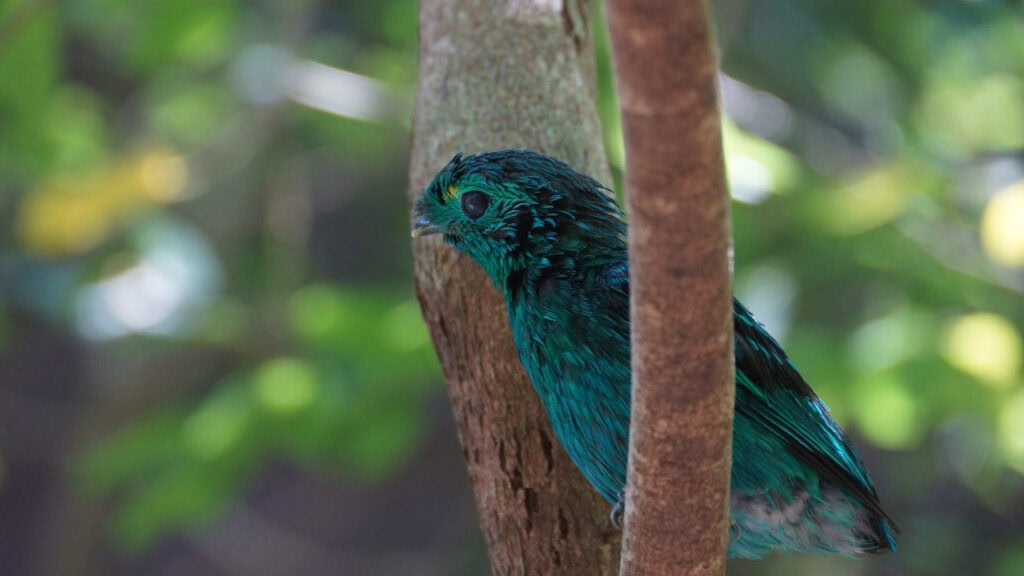
This bird prefers montane or highland forests and can typically be seen in both the dense undergrowth and forest canopies. Usually found in pairs or small family groups, its distinct vocalisations include a variety of whistles and other calls.
6. Handsome Francolin
Known for its striking and colourful plumage, the handsome francolin has a black face with a blue patch around the eye, a distinctive black-and-white pattern on its neck and chest, and a red bill. The rest of its body is mainly brown.
This shy and secretive bird prefers running to flying when it’s disturbed and can be difficult to observe. It’s typically found in bamboo forests, alpine moorlands, grasslands, open savannahs, and areas with dense shrubbery. In general, it’s a ground-dwelling bird, foraging for seeds, insects, and other small invertebrates.
7. Collared Apalis
This small bird species has mainly olive-green plumage, a yellowish or off-white belly, and a distinctive black collar or crescent on the throat. It’s been known to join mixed-species bird flocks, especially during the non-breeding season.
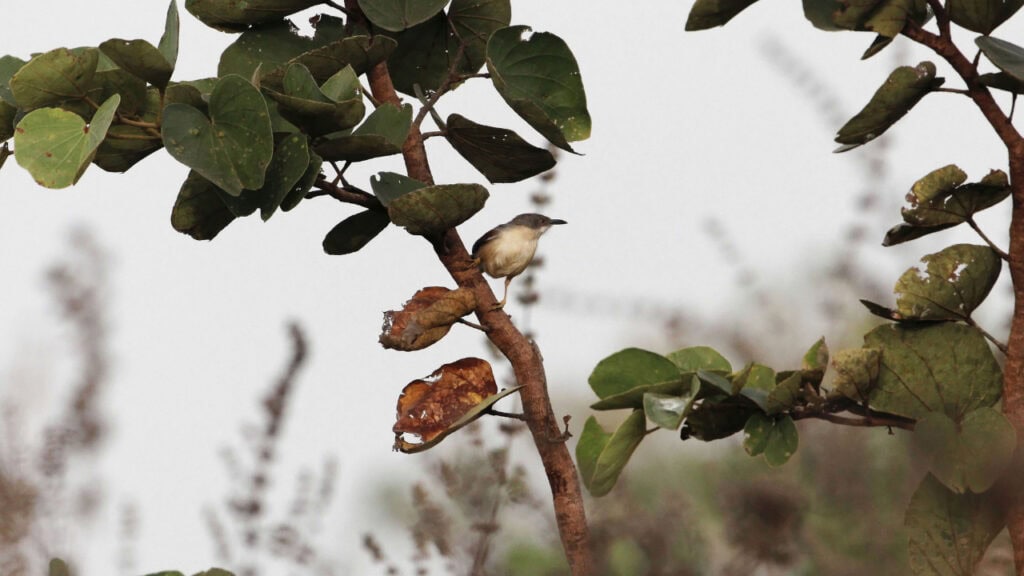
The collared apalis is commonly found in montane or mountainous forests. It favours dense vegetation in both primary and secondary forests. Its diet consists primarily of insects and other small invertebrates that it picks off the foliage.
8. Shelley’s Crimsonwing
Named for the vibrant crimson or scarlet colouration of the male’s plumage, the rest of this bird’s body may feature various shades of brown. Females are usually less brightly coloured, with a brownish plumage. This species can typically be found in montane and bamboo forests at an elevation between 5,900 and 9,800 feet.
It’s one of the rarest finches in Africa and is well adapted to the unique conditions of its highland habitats. The Shelley’s crimsonwing is often spotted in small groups or flocks, especially when foraging for seeds, its primary diet.
9. Mountain Sooty Boubou
Also known as the Western boubou, this medium-sized bird is known for its entirely black head and body. Its wings and tail are also black, and it has a stout, hooked bill. The boubou inhabits a variety of habitats, including forests, woodlands, and thickets.
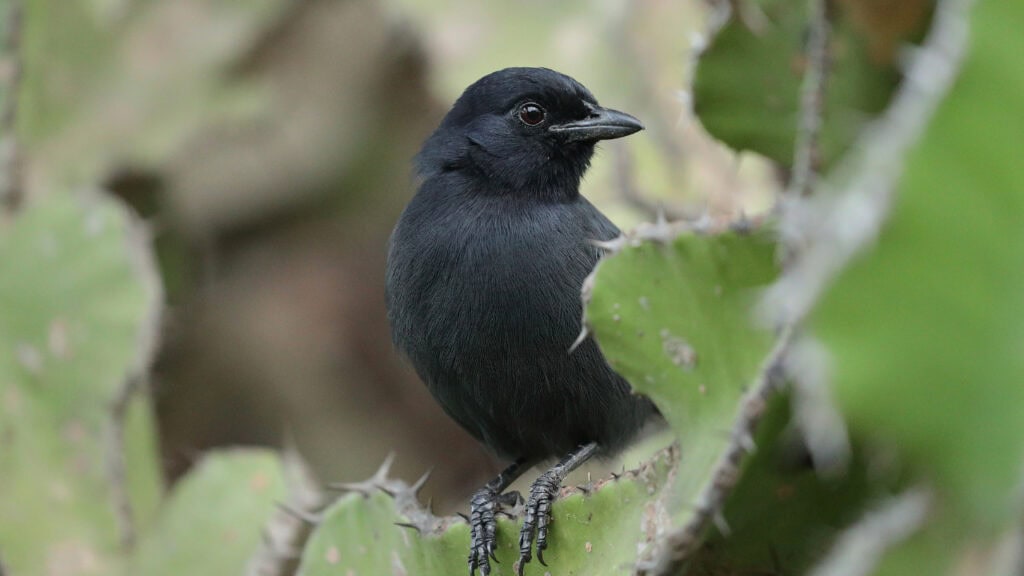
Typically territorial, it can be found in primary and secondary forests, often near water sources. Its diet consists mainly of insects, including beetles, grasshoppers, and caterpillars. Often heard before it’s seen, the Western boubou has a melodious call and a variety of other vocalisations.
10. Dusky Crimsonwing
Named for its dusky or dark-coloured plumage, the males of this species have a crimson or red patch on their wings, which contrasts beautifully with their overall dark colouration. Females are typically less brightly coloured, with brownish or olive plumage. The Dusky Crimsonwing favours montane or mountainous forests and can often be found inhabiting the bamboo undergrowth. Its diet consists mainly of seeds, especially grasses, which it forages for in pairs or small groups.
Spotting birds on a safari in Rwanda is an immensely rewarding experience. Organised birding tours, experienced guides, a multitude of species, and a variety of habitats make birding in this beautiful country well worth the trip. Speak to a safari expert at Discover Africa today about planning your tailor-made, luxury birding safari in Rwanda.






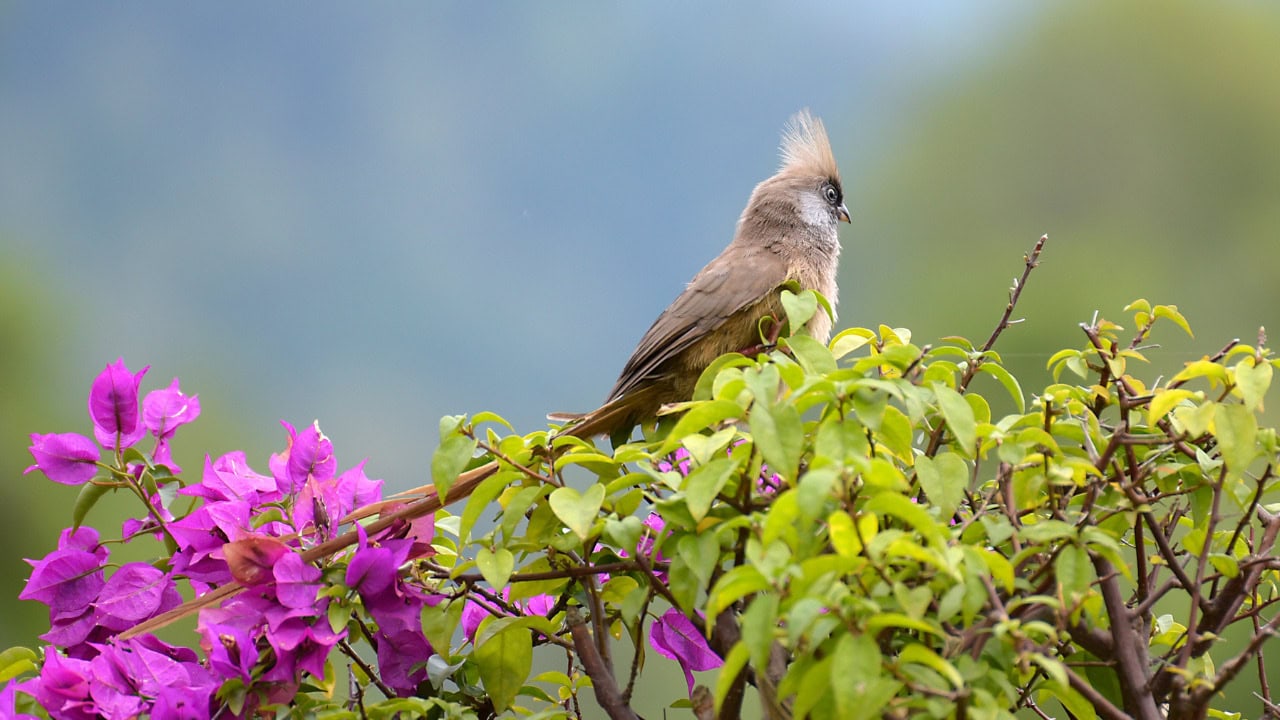
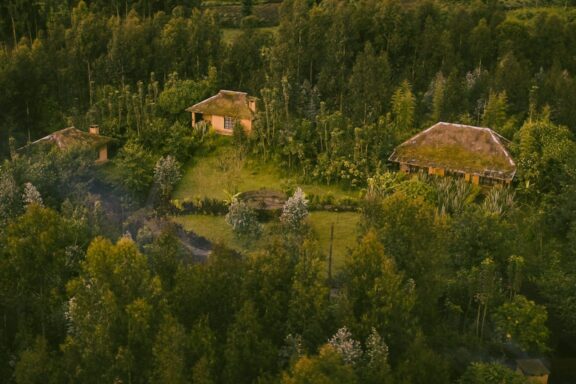

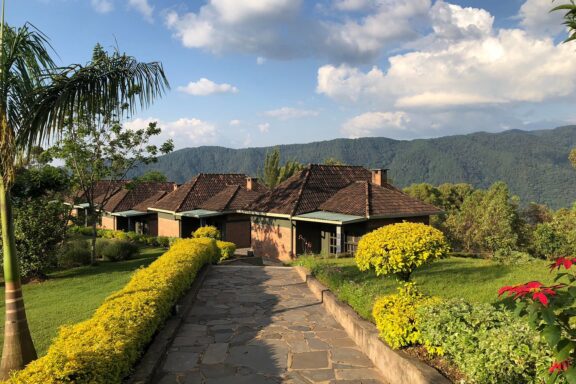
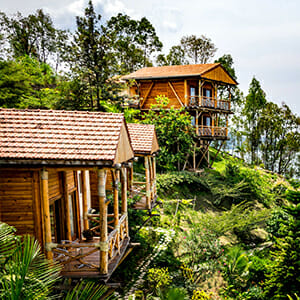


 Blog List
Blog List

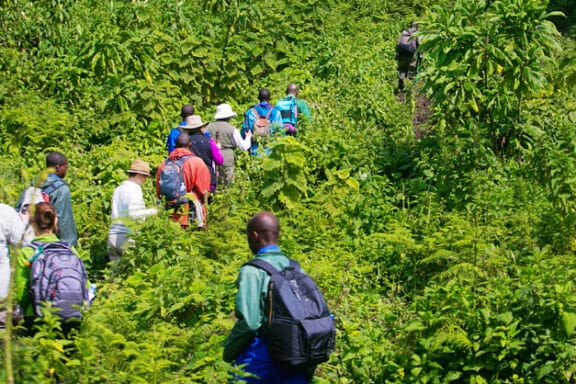
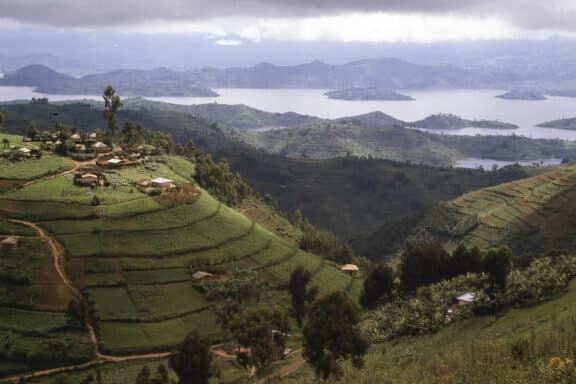
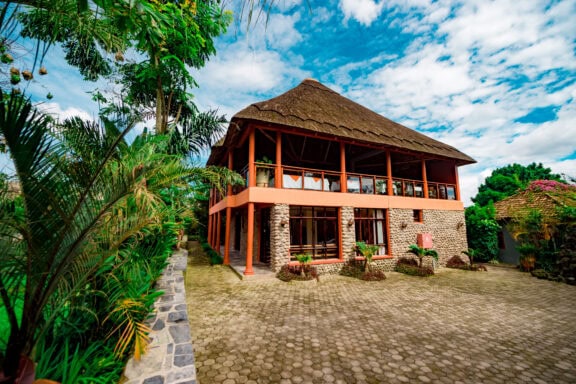
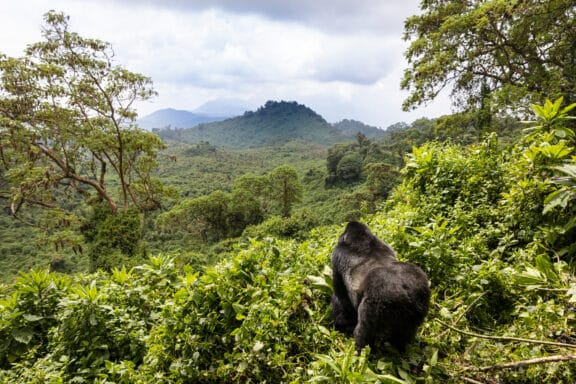

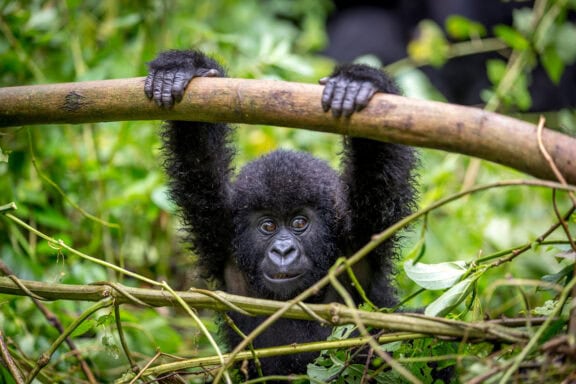
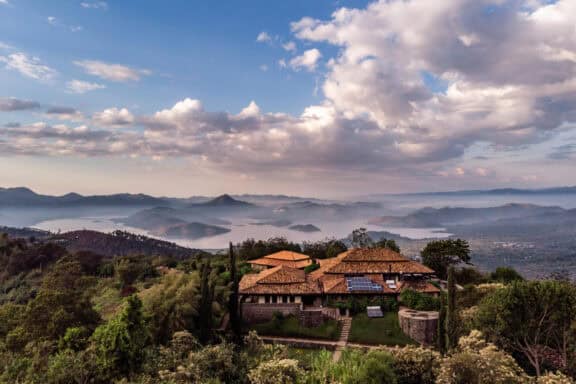
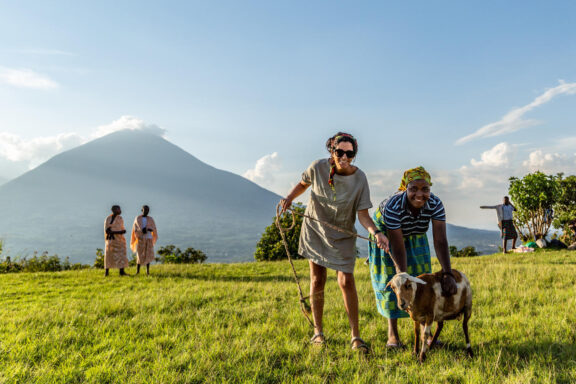

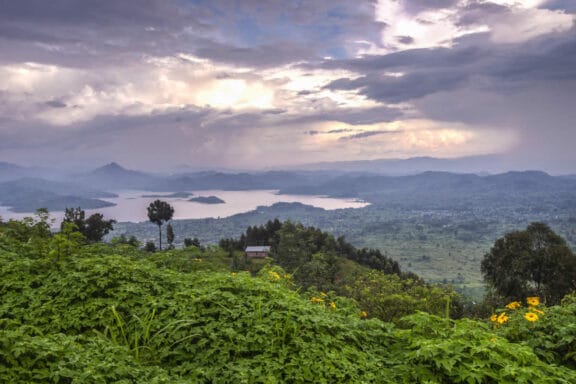
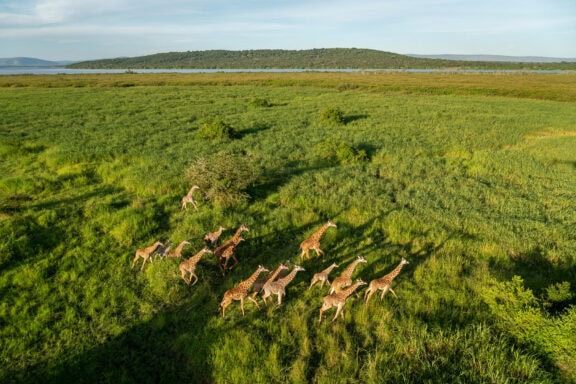








Written by Brendan White
• Travel Writer
Verified by Chrizaan Troch
• Africa Safari Expert
Part of the Rwanda Safari & Birding Safaris Collections